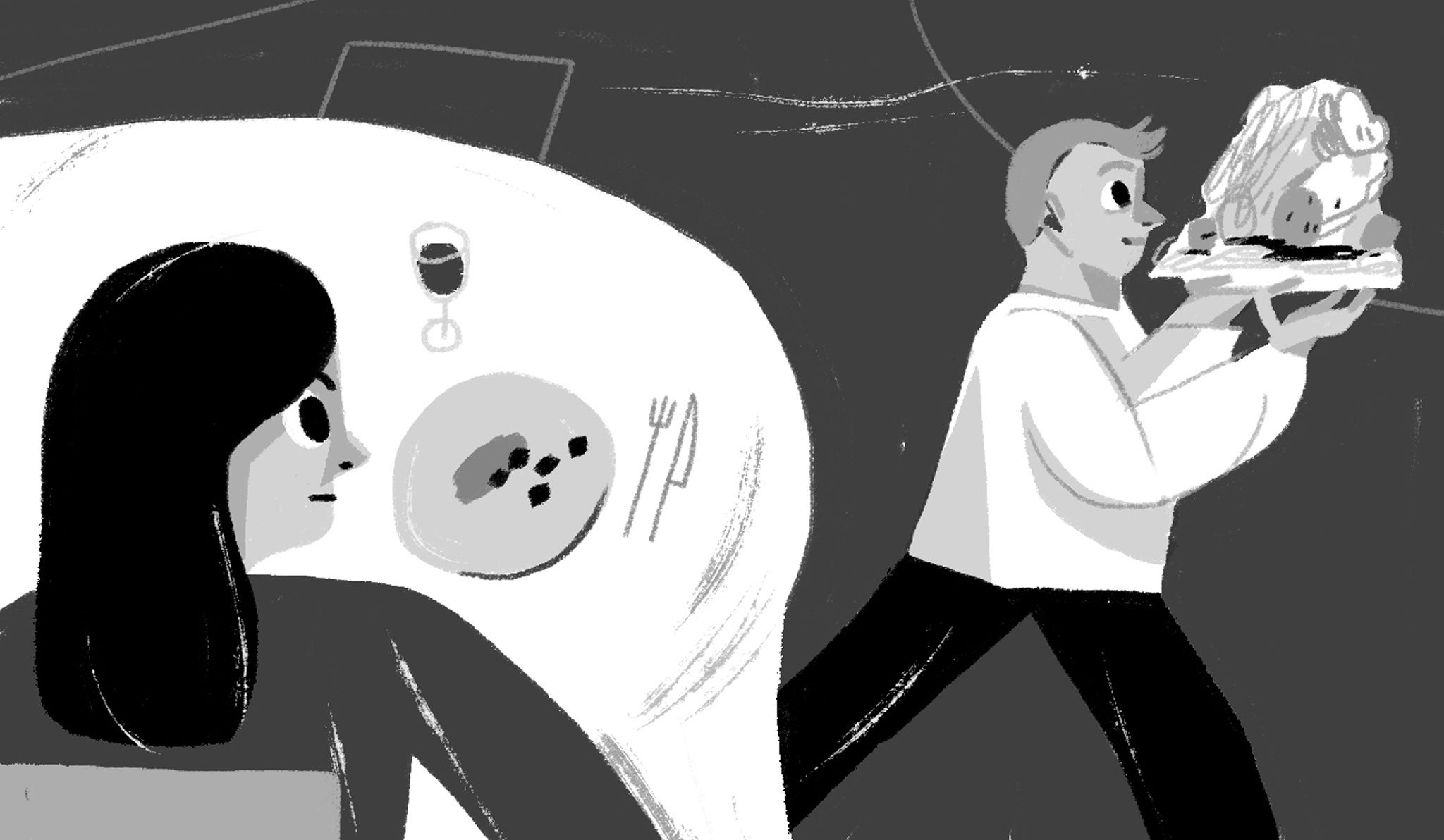
Fact of the matter is that buffets are cheap. Buffets remove a lot of the cost of running a restaurant. Trained waiters? Elaborate plating? None of that is needed. All it takes are mass producible dishes that hold well in a water bath or under a heat lamp. Things that come in portions so the diner can get their own, plate it, and walk back to their table.
Jonas Mikka Luster, Chef
The cost of food at a buffet (and food at most restaurants) is generally around 30-35 per cent of the cost of the price of the meal. The rest of the price goes into labour, overheads, taxes and the remaining business expenses.
Let's assume that you have a person walk in off the street who comes to your buffet and eats three times as much as the typical person. At the margin, this person is costing your business no extra money, even if the cost of the food he eats is equal to the price he paid for his meal. Your remaining costs (labour, overheads etc) are not increased by having this one extra diner. Even in this terrible case you break even on the margin.
In reality, everyone at your buffet cannot eat three times as much as the average person (because that would change your average and you would adjust your prices accordingly). And even the person who eats that much probably comes to the restaurant with someone else – who might be more likely to eat an average amount.
Brian Feldman, Entrepreneur
The bell curve of appetite and consumption capability, the undifferentiated price, the economics of the bulk menu (instead of à la carte) – if matched at the right balancing point can make for predictable profit margins.
Most people fall for the promise of "abundance offers" – telecoms operators have been raking in profits for decades with their "abundance" plans of hundreds of minutes – the promise of which is rarely achieved statistically by the end users. The odds are loaded in favour of the house.
Raghu Venkataraman
One trick I've often seen, especially in catered buffet-style meals, is to put the cheaper dishes up front and people will often fill up their plates on that before they get to the pricier meats.
I've also seen places in more touristy areas set up a strong linear flow so that there are often long lines, discouraging people from coming back too many times. However, this strategy might also discourage repeat business and encourage more waste, because people take more than they think they need.
Ben Towne
These are edited answers. For the full versions, go to quora.com, the popular online Q&A service
Subscribe to Independent Premium to bookmark this article
Want to bookmark your favourite articles and stories to read or reference later? Start your Independent Premium subscription today.

Join our commenting forum
Join thought-provoking conversations, follow other Independent readers and see their replies